Textile and garment exports are set for a boom this year
Textile and garment exports are set for a boom this year, according to the Viet Nam Industrial and Trade Information Centre (VITIC), a Ministry of Industry and Trade agency.
In January exports were worth over US$1.9 billion, marginally up from last year, but many companies in the textile and garment industry have received orders to be executed in the first and second quarters.
The US topped the list of importers, buying textiles and apparel worth nearly $926.7 million, or nearly half of Viet Nam's total exports. Japan and South Korea also bought more than $100 million worth of products.
The full year's exports to the US are expected to top $11 billion, a year-on-year increase of 13 per cent.
 |
The US topped the list of importers, buying textiles and apparel worth nearly $926.7 million, or nearly half of Viet Nam's total exports. Japan and South Korea also bought more than $100 million worth of products. — Photo htv
Japanese firms' increasing investment in supporting industries in Viet Nam has created favourable conditions for the textile and garment industry, VITIC said.
Exports to Japan are expected to rise by 9 per cent this year to $2.9 billion.
VITIC said once a free trade agreement with the EU is wrapped up, exports of textiles and garments to that market would begin to rise, reaching $4 billion this year.
The Viet Nam National Textile and Garment Group (Vinatex) plans to invest VND9.4 trillion ($441.3 million) by 2017 in 59 textile, dyeing, garment and infrastructure projects, according to the corporation.
They include 15 fibre production projects, 18 textile and dyeing projects,18 garment projects and eight infrastructure projects.
Project investment
Under the plan, Vinatex will disburse VND2.425 trillion ($113.85 million) to develop these projects this year, with VND805 billion ($37.8 million) going to fibre projects, VND713 billion ($33.5 million) to textile anddyeing projects, VND726 billion ($34.1 million) to garment projects, and VND181 billion ($8.5 million) to infrastructure in industrial zones for the textile and garment industry, reported the Dau tu (Vietnam Investment Review) newspaper.
With the investment, Vinatex expects to increase this year its production capacity to 6,000 tonnes of fibre, six million metres of dyed cloth, two million vests and blazers and four million trousers, as well as one million shirts and two million knitwear products.
Vinatex is currently considered to have the largest scale in production in the textile and garment industry, with 100 member companies, and holds 15 per cent of the total national textile and garment export value.
However, the member companies of Vinatex still face difficulties in investment in sub-material production, textile and dyeing projects.
Vinatex General Director Le Tien Truong said that the member companies don't have large investment capital, presenting a major challenge for local textile and garment firms in increasing the localisation rate.
The Phong Phu Joint Stock Corporation is a member of Vinatex that has the largest capital amount of VND700 billion ($32.86 million), while other large member companies have lesser capital, such as Viet Tien with VND200 billion ($9.4 million), Garment 10 with VND100 billion (4.7 million), and Nha Be with VND150 billion ($7.05 million).
The large garment companies could not invest in full supply chains, especially regarding the production of materials and sub-materials for textile and garments, to receive export orders as original design manufacturers (ODM), Truong said.
Vinatex has equitised its operations from January 1 this year, he added, so the group will promote management, investment and market and staff development.
The parent company will also take on the role of a direct investor to increase production capacity, especially self-reliance in material production, in a move to reduce dependence on imports, rather than manage State-owned capital at its member companies, as it did before equitisation.
The group has set a target for its parent company to earn VND900 billion ($42.25 million) in revenue and VND288.4 billion ($13.54 million) in after-tax profit in 2015; VND2.3 trillion (107.98 million) and VND342.3 billion ($16 million) in 2016; and VND3.26 trillion ($152.8 million) and VND405.9 billion ($19 million) in 2017 respectively./.
Complied by VNF
Recommended
 National
National
Vietnam News Today (May 21): Vietnam Attends UN Commission on Crime Prevention and Criminal Justice's 34th Session
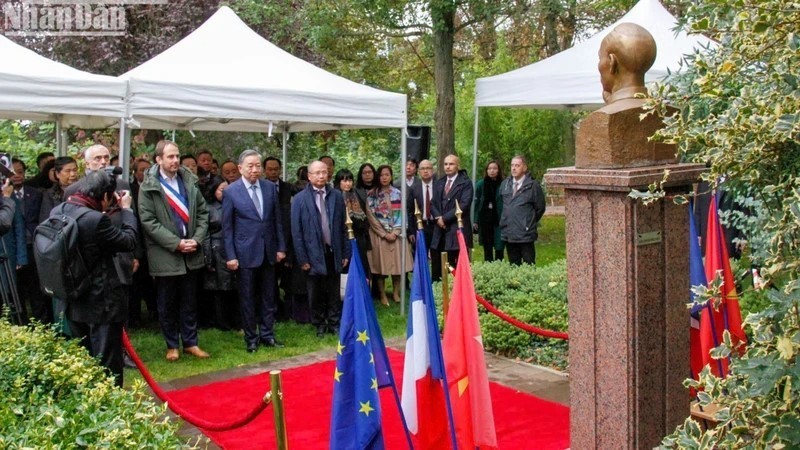 National
National
Deep Affection of International Friends
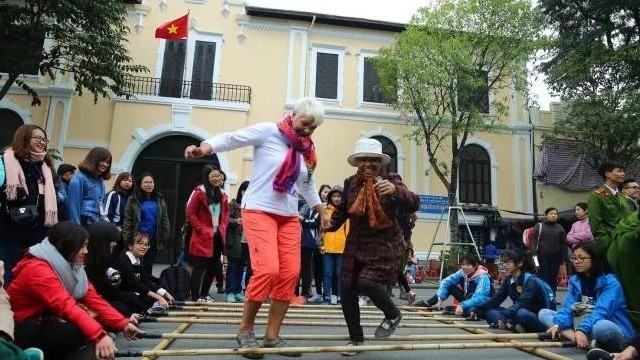 National
National
Vietnam News Today (May 20): Hanoi Named Top Cultural, Artistic Destination in Asia
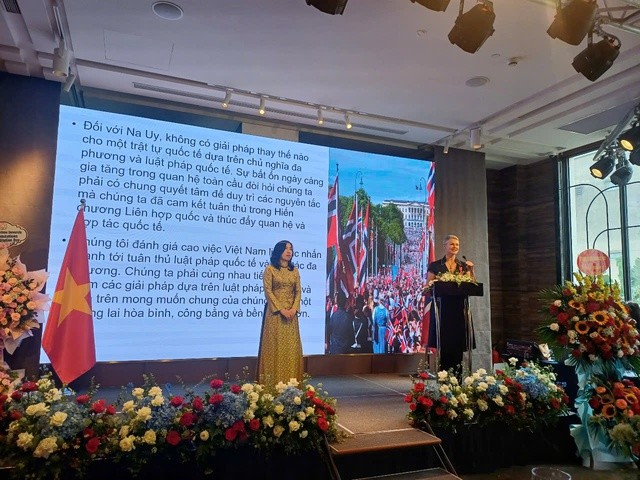 National
National
Vietnam News Today (May 19): Norway Hails Vietnam’s Continued Emphasis on Upholding International Law
Popular article
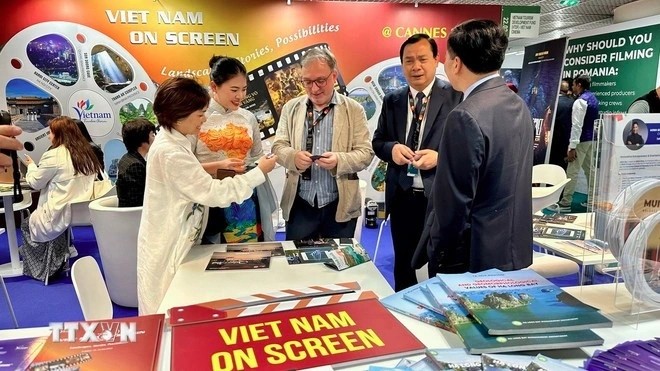 National
National
Vietnam News Today (May 18): Cannes 2025: Vietnam Rising as New Destination for International Filmmakers
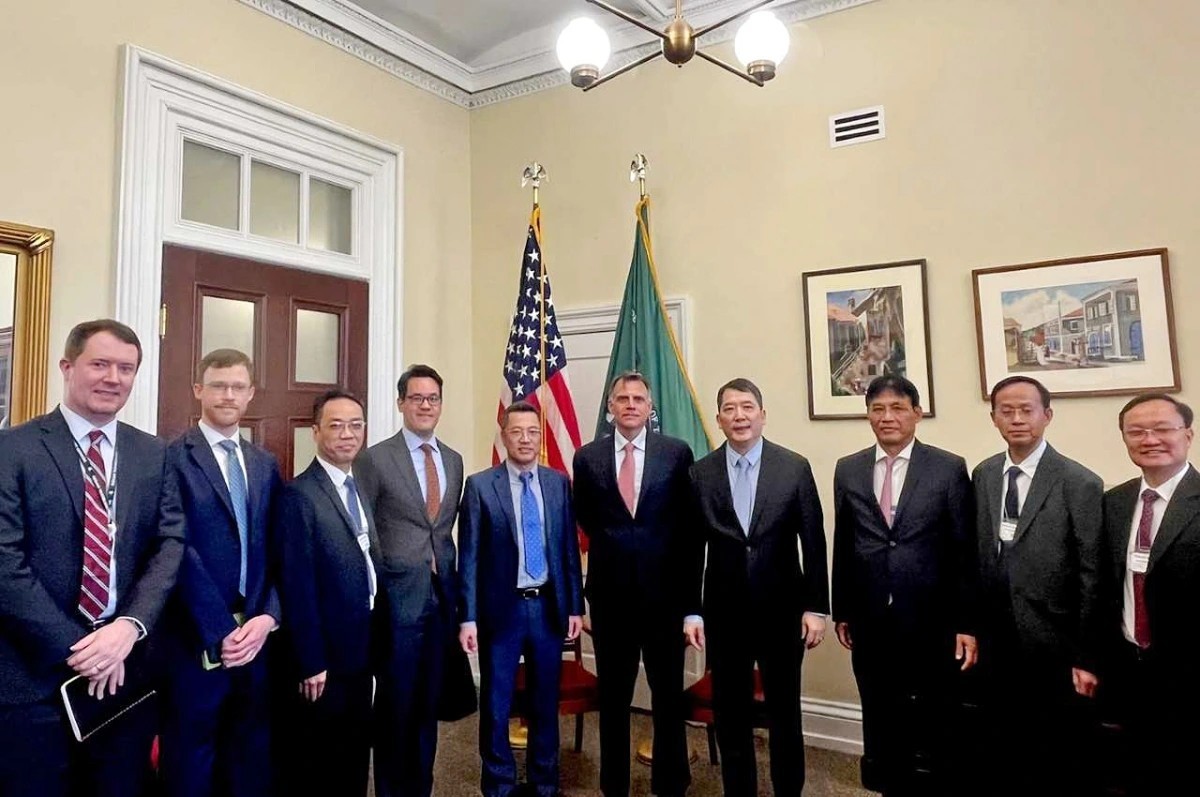 National
National
Vietnam News Today (May 17): Vietnam and United States Boost Financial Cooperation
 National
National
Strengthening Vietnam-Thailand Relations: Toward Greater Substance and Effectiveness
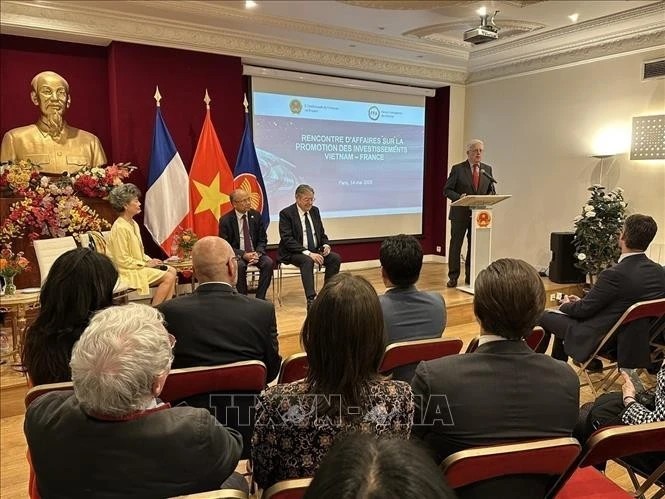 National
National



